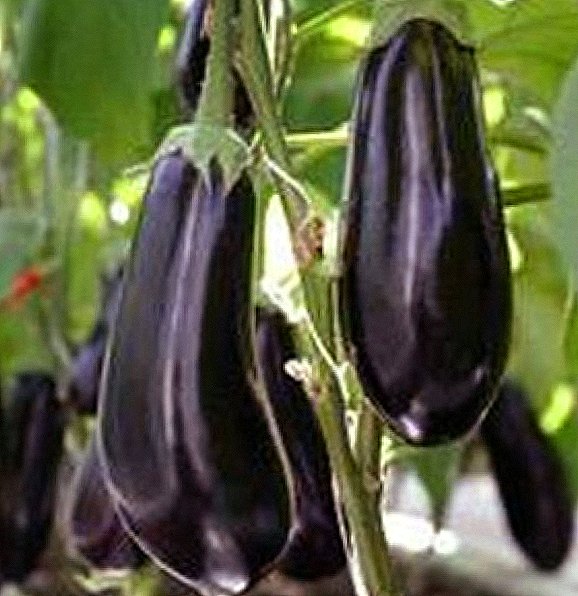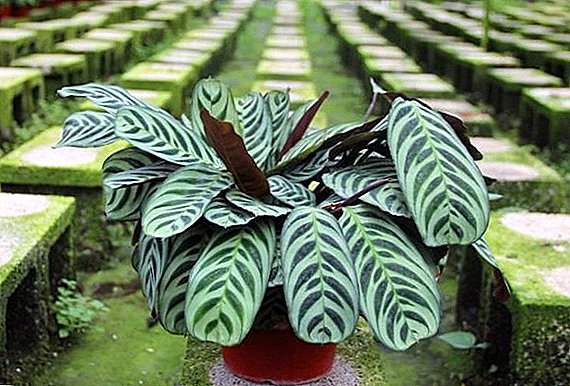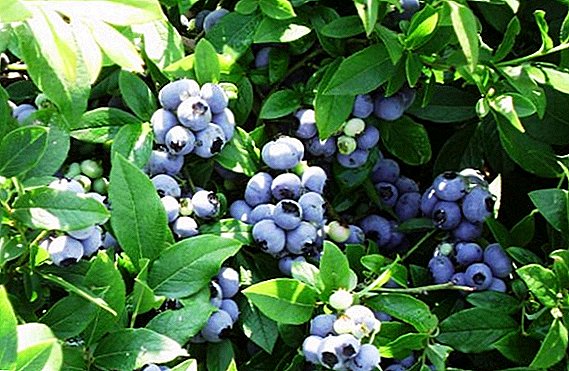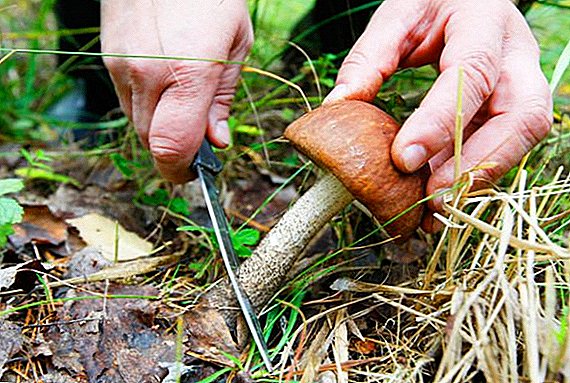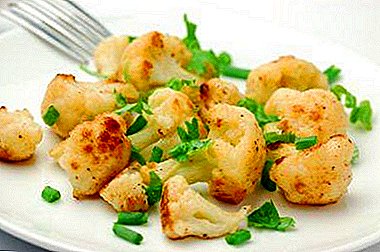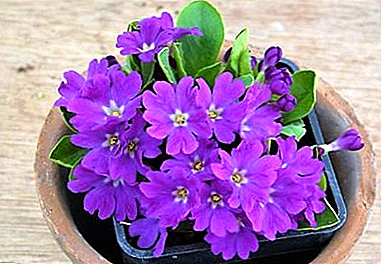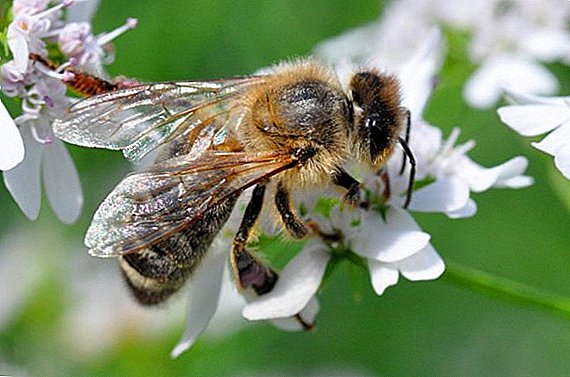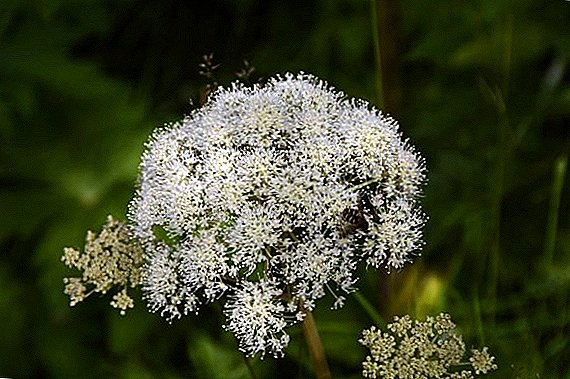 Umbrella ones are one of the most common flowering plants in agriculture. They have a large number of genera and species and are distributed almost anywhere in the world. Despite this, some of the umbellas are useful and are grown in suburban areas, while others can be dangerous and even deadly. Which of them are harmful or useful, are suitable for treatment or decoration, how to use the properties of such plants - you will learn about it below.
Umbrella ones are one of the most common flowering plants in agriculture. They have a large number of genera and species and are distributed almost anywhere in the world. Despite this, some of the umbellas are useful and are grown in suburban areas, while others can be dangerous and even deadly. Which of them are harmful or useful, are suitable for treatment or decoration, how to use the properties of such plants - you will learn about it below.
Description of the species
Umbrella, or celery, belong to the class of dicotyledons. Usually it is perennial grasses, smaller shrubs and trees are less common. In total there are more than 3 thousand species and more than 300 genera of these herbs that are distributed over the entire earth's surface.  Usually umbrella prefer moderate or subtropical climate, so a large number of them grow in Europe, Asia and America. Also, these perennials germinate in tropical countries, but mainly in mountain areas.
Usually umbrella prefer moderate or subtropical climate, so a large number of them grow in Europe, Asia and America. Also, these perennials germinate in tropical countries, but mainly in mountain areas.
Did you know? Scientists believe that plants not only know how to feel and remember, but also endowed with intelligence. And they can communicate with each other and even with other living beings. Also, researchers argue that the plants are well distinguish colors and can tremble with fear.
The stems of the described plants are hollow, with simple alternate dissected leaves, the flowers are usually small or small, of the correct form and of both sexes. It is the flowers that distinguish this family of herbs, as they have easily recognizable heads, or umbrellas.  The color of the flowers is usually white, but sometimes there is a delicate pink, pale yellow and blue. All ground and underground parts differ in the content of essential oils and resins.
The color of the flowers is usually white, but sometimes there is a delicate pink, pale yellow and blue. All ground and underground parts differ in the content of essential oils and resins.
What plants belong to the umbrella
With an umbrella you can meet any person throughout life, and not only in the country, but simply walking in the park. There are some of the most common of their representatives that people encounter every day while walking and working in the garden, growing or buying them in stores:
- Vegetable plants. These include the popular dill, parsley, parsnip, celery, carrots and many others.
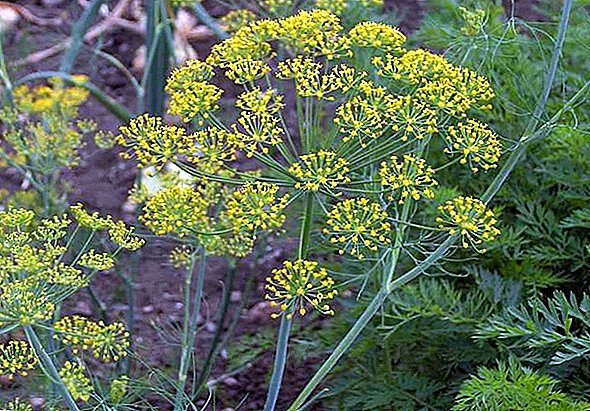 Dill
Dill - Essential oil. These herbs are most often used as seasonings during cooking - cumin, coriander, anise, fennel and others.
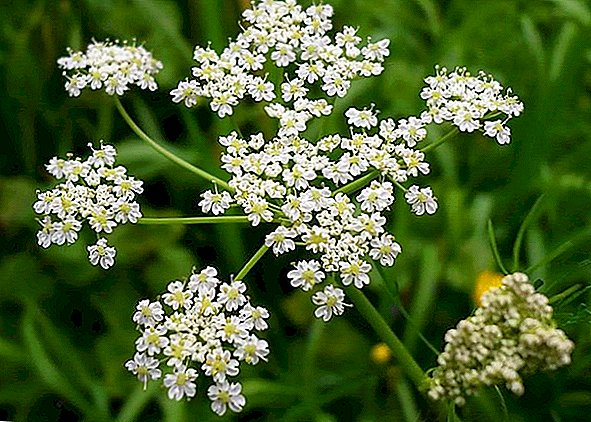 Caraway
Caraway - Poisonous plants. Hemlock, parsley and poisonous milestones are especially dangerous. All of them are very poisonous and cannot be eaten.
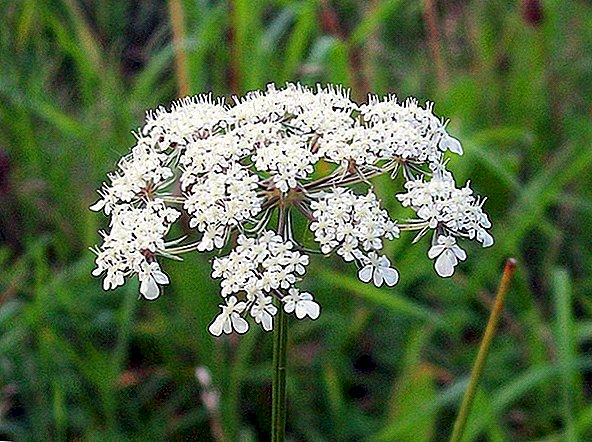 Dog parsley
Dog parsley - A number of other herbs, what are usually considered weeds and are harvested during weeding at the site.
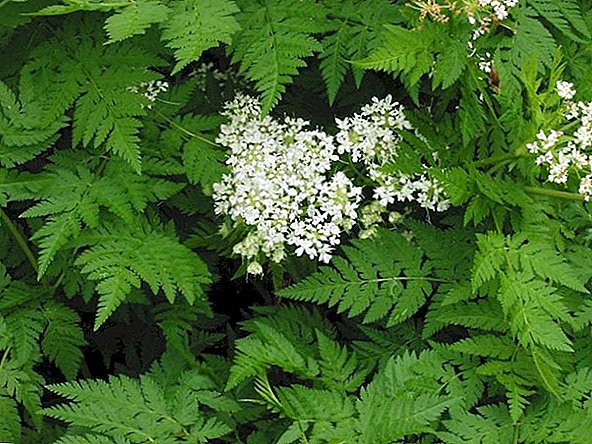 Borschovik
Borschovik
The benefits and harm of plants
Some of the representatives of the umbrella can bring great benefits, and some - to harm the body. These plants are often used in the treatment of various diseases and are valued for their high content of essential oils, for example, anise, coriander or fennel.
Important! Although plants are poisonous, they are part of some drugs because of their medicinal properties. But unauthorized eating or treatment by them is strictly prohibited, it can be life-threatening!
Many of them have antispasmodic and antiseptic properties, are not only medicinal, but also tonic, help cleanse and increase the body's resistance.  Of course, there are also quite dangerous herbs of the family, the careless use of which threatens not only the poisoning of the body, but also other sad consequences. The most poisonous are hemlock, kororysh and milestones.
Of course, there are also quite dangerous herbs of the family, the careless use of which threatens not only the poisoning of the body, but also other sad consequences. The most poisonous are hemlock, kororysh and milestones.
Poisonous plants are also: buttercup anemone, blue poppy meconopsis, field larkspur, arizema, carissa, flaxseed, raven eye, belladonna, soft and red elderberry.
Medicinal plants
A large number of herbs from the Umbrella family have healing properties that are used not only in folk medicine, but also in official medicine. From the roots of the Siberian airfoil, the drug Dimidin, an antispasmodic and vasodilator, is prepared.  The fruits of cumin are valued not only for their taste. Their antispasmodic qualities are used to relieve pain in diseases of the stomach and intestines in traditional medicine.
The fruits of cumin are valued not only for their taste. Their antispasmodic qualities are used to relieve pain in diseases of the stomach and intestines in traditional medicine.
You will be interested to know what the benefits of cumin, black cumin oil, as well as learn about the features of growing cumin at the dacha.
The angelica evader has a fairly broad spectrum of action - all parts of the plant are used to treat dental and headache, are used for neuralgia and dizziness, gynecological problems and as anti-inflammatory for external use.
The angelicus has long been used in China and Japan as a therapeutic agent, it is often added to drugs for hypertension. As a painkiller Angelica added to the pill from chicken pox. Often it is part of the means of bleeding, painkillers and sedatives.  Volodushki are also used in traditional and traditional medicine. They are contained in choleretic drugs that are used to treat liver disease. In folk medicine, volodyushki are used to stimulate the secretion of gastric juice: they increase its acidity and change the composition of bile.
Volodushki are also used in traditional and traditional medicine. They are contained in choleretic drugs that are used to treat liver disease. In folk medicine, volodyushki are used to stimulate the secretion of gastric juice: they increase its acidity and change the composition of bile.
A decoction of the roots is used to reduce the heat in malaria and fevers, has a tonic effect, is often used as an antiseptic. Volodushka also has a positive effect on potency.
Also used as an antiseptic are: green onions, tricolor violet, pine resin, catalpa, roses, bison, persimmon, spring plant, ivy-shaped bud, bubble tree and aspen.
To enhance the sexual function of it is prepared such an infusion: 30 grams of the roots of volodushki and ginseng need to be poured with 0.5 liters of alcohol and insist for at least a month in a dark place. Drink 20 drops before meals twice a day, the course should be continued for 2 months.  Guzzle-root in Chinese and Korean medicine is also used as a remedy for low potency, as a tonic. Powder from the fruits impose on the wounds.
Guzzle-root in Chinese and Korean medicine is also used as a remedy for low potency, as a tonic. Powder from the fruits impose on the wounds.
Ornamental plants
Some plants have high decorative qualities, because they are often planted in gardens, grown on window sills or used for decorating bouquets.
Did you know? Flowers can grow and bloom in space. The first was arabidopsis, which was grown on the Russian space station in 1982. The life of the plant is only 40 days.
The most common are volodushki, astrantia and eryngolates. They are distinguished by compactness and miniature flowering, so they look very harmonious in small delicate bouquets or in pots. The eryngium is often found in dry bouquets, as it is able to store its rich blue color for a long time.  It goes well with roses or cereals, perfectly complements pastel compositions. Flowering falls on the beginning of summer, most often it is the end of June or the beginning of July. In the care of a flower undemanding, loves well-lit and sunny places. Prefers drainage soil - if it grows on the site, it is necessary to constantly loosen.
It goes well with roses or cereals, perfectly complements pastel compositions. Flowering falls on the beginning of summer, most often it is the end of June or the beginning of July. In the care of a flower undemanding, loves well-lit and sunny places. Prefers drainage soil - if it grows on the site, it is necessary to constantly loosen.
Important! The eryngium blooms very badly if the weather is wet and cold. The beautiful blue color, for which it is valued, is practically absent if the summer is rainy, therefore it is important to provide it with warm and comfortable conditions.
Magnificent astrantia large looks very nice in combination with euphorbia, bells, geraniums or hosts on the site. It also looks good against the background of cereals. The color scheme is wide enough, so you can choose exactly the shade for the design of a bouquet or flower bed, which is needed.  In the lead gentle tones - white, cream, pink. Often there are also saturated crimson or red flowers. In the care of astrantia unpretentious.
In the lead gentle tones - white, cream, pink. Often there are also saturated crimson or red flowers. In the care of astrantia unpretentious.
Farm plants
Among the umbellas, herbs and vegetable plants, especially carrots, parsley and dill, are of the greatest importance in the household. Carrot is considered one of the main vegetable crops that grow on the territory of our country. Its roots contain many vitamins, especially carotene, as well as essential oils. It is also a diet product that helps with anemia or vitamin deficiency.
Parsley, dill and celery are used not only as food, but also as spicy additives to dishes. In the course are the roots and leaves, which contain a large amount of essential oils and vitamin C.
Dill is also known for its medicinal properties - infusions from it are used as a sedative and a means to stimulate the appetite. 
Coriander, anise and cumin are considered among the main ethereal herbs. From the basal coriander leaves, the spicy cilantro is popular in Asia. They are also not only added to dishes as seasonings and spices, but also used for perfume compositions.
Coriander is one of the common spice plants used in many countries. Familiarize yourself with the beneficial properties and contraindications of coriander, as well as the methods of harvesting for the winter.
Lovage, kupyr, grass, parsnip and fennel are also often used in cooking. Wild herbs, such as snyt, are used as the main ingredient for the preparation of salads. As ethereal and spicy herbs are used and Ayovan, Ammi and Myrrh. 
Harmful plants
The family has several fairly dangerous plants. They are not only not recommended to grow or use for decoration, but in no case can not be eaten - it is better to remove all unknown plants from the garden and not to collect them in nature.
Important! In no case do not bring home unknown plants, even if they are very beautiful, for example, as kakorysh. They can be dangerous or poisonous! To distinguish a very poisonous dog parsley from a simple one, carefully smell it: if it smells like garlic - plant dangerous!
Kokorysh, or dog parsley, has a beautiful complex and large white umbrella. He also has leaves of rather interesting shape - glossy and dissected. However, it can often be confused with simple parsley, as the plant itself is very similar to it.  On the roadsides and wastelands, in the undergrowth, you can meet with a stupor or hemlock speckled, which is characterized by a characteristic "mouse" flavor. In the same place you can meet a water grinder or broad-leaved guardrail.
On the roadsides and wastelands, in the undergrowth, you can meet with a stupor or hemlock speckled, which is characterized by a characteristic "mouse" flavor. In the same place you can meet a water grinder or broad-leaved guardrail.
Read the description and the healing properties of the hemlock.
Milestone poisonous is one of the most dangerous members of the family. A large number of livestock is poisoned during the search for food on the banks of rivers, in water or on wet meadows, eating its leaves and roots. The poison remains even after drying. Animals can be poisoned with straw, if you include it in food.  Umbrella - an extensive family, including a large number of different plants, both useful and beautiful, and dangerous. Some have a particular benefit and are used in medicine, others are recommended for consumption due to the high content of substances and vitamins necessary for the body, and some are better not to bring them into the house.
Umbrella - an extensive family, including a large number of different plants, both useful and beautiful, and dangerous. Some have a particular benefit and are used in medicine, others are recommended for consumption due to the high content of substances and vitamins necessary for the body, and some are better not to bring them into the house.
Did you know? In some parts of Asia and the Emergency Peninsula an amazing plant grows, known as the "flower of laughter". Only one seed, dimensions no more peas, causes constant laughter without reason for about 30 minutes. After him, the person usually quietly falls asleep. Therefore, dentists give these seeds to people who are allergic to Novocain.
The family includes memorable ornamental herbs and flowers that have beauty and grace. But still, if you do not know exactly what kind of plant it is - better not bring it home.


 Dill
Dill Caraway
Caraway Dog parsley
Dog parsley Borschovik
Borschovik